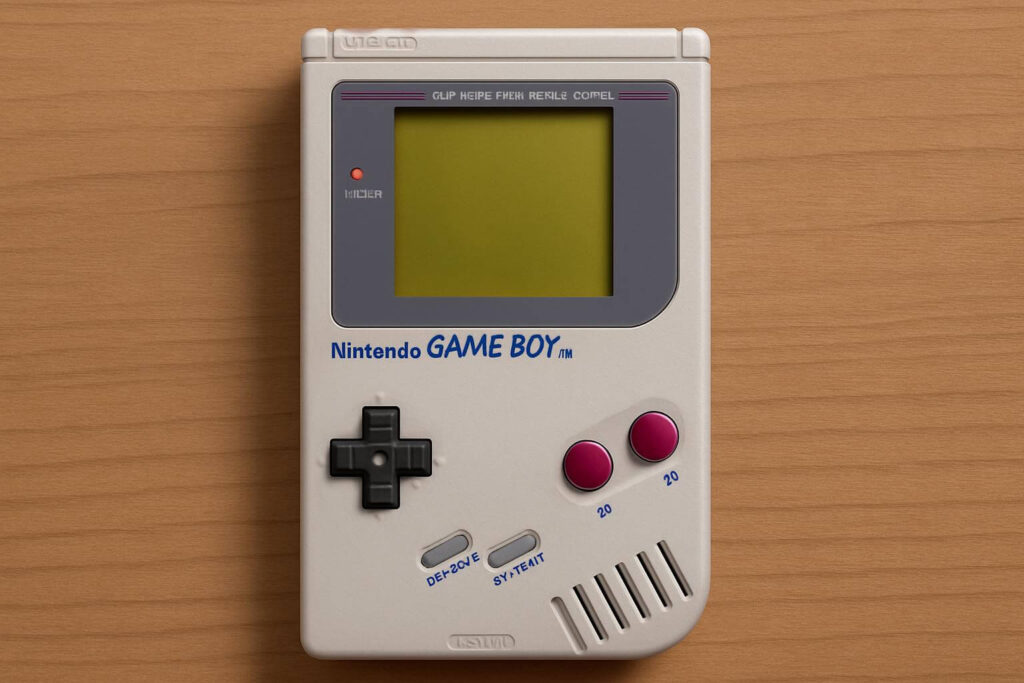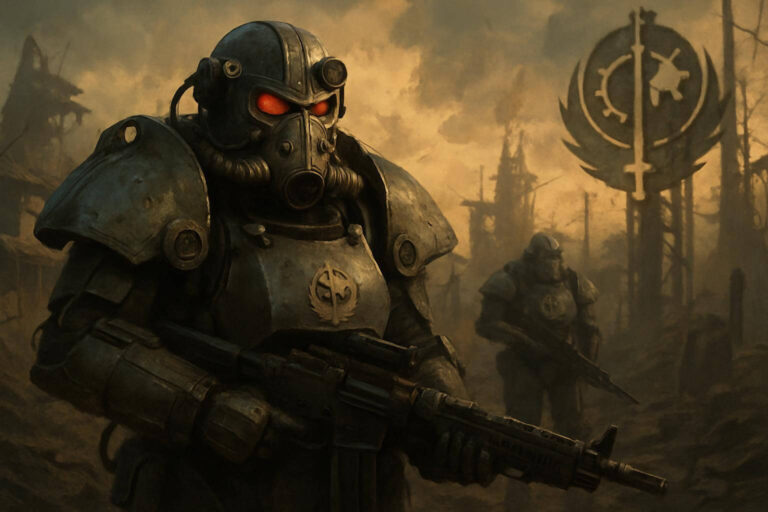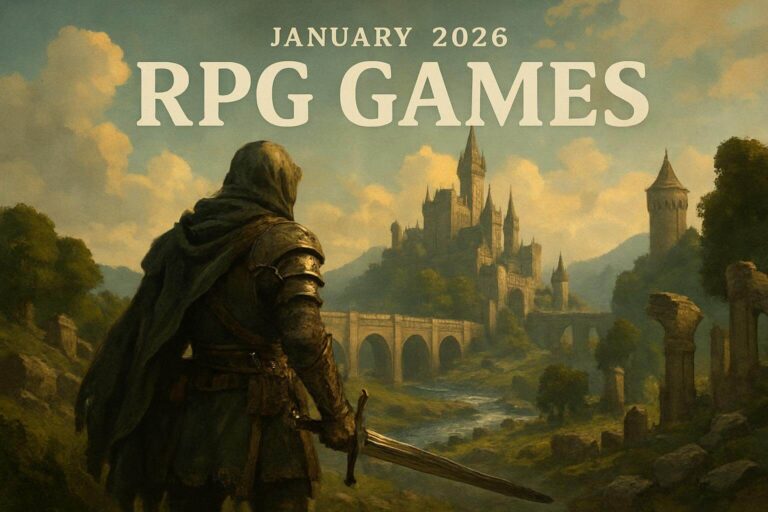
In 1989, Nintendo changed the gaming world. It released the Game Boy. The console wasn’t flashy. It had no color screen or loud sounds. But, it offered something much more valuable freedom. For the first time, gamers could carry their adventures wherever they went. The Nintendo Game Boy became a legend. The story is still told today.
The Birth of the Nintendo Game Boy Era
Prior to Game Boy, most gaming stayed at home. Consoles like the NES ruled the living room. Then came this grey, brick-shaped device. It fit in backpacks and jacket pockets. It ran on four AA batteries and could last nearly 30 hours. That kind of reliability was unheard of.
Inside the Game Boy was simple hardware. It had a black-and-white screen, a D-pad, two action buttons, and a volume dial. It didn’t need 3D graphics to keep players hooked. Games like Tetris, Super Mario Land, and The Legend of Zelda: Link’s Awakening made the most of its limits. Players got pulled into tight gameplay loops, pixel art, and clever level design.
The Game Boy sold millions. It wasn’t just a console; it became a culture. From schools to car rides to lunch breaks, the Game Boy was everywhere.
Nintendo Game Boy Evolves, But Never Fades
Nintendo didn’t stop with one version. The company launched updates over time. First came the Game Boy Pocket. It was smaller and sharper. Then, in 1998, came the Game Boy Color. Finally, colors danced across the screen. But it still supported older games.
Later, the Game Boy Advance took things to the next level. It had a wider screen, better sound, and deeper titles. Yet through all this, the original Game Boy kept its place in fans’ hearts.
It was more than nostalgia. It was durable, honest, and unpretentious. Even years later, retro collectors sought out the old grey handheld. Newer consoles came and went. But the Game Boy stayed relevant.
From Nintendo Game Boy to LEGO Tribute
Decades passed. Yet in 2025, the Game Boy returned in a surprising form. A detailed LEGO model celebrated the original console’s legacy. Built with over 400 bricks, the replica looked nearly identical to the 1989 design. It even had a working cartridge slot and a dial for adjusting contrast.
This LEGO version didn’t play games. But it sparked memories. It reminded fans of a time when games were simple, fun, and offline. The LEGO Game Boy included miniature versions of Zelda and Mario cartridges. It wasn’t just a toy. It was a tribute to the golden age of handheld gaming.
Collectors jumped at the chance to own it. The release showed that Game Boy still had power—not as a machine, but as a symbol.
Why the Nintendo Game Boy Still Matters
Many modern devices offer handheld gaming. Phones, tablets, and hybrids like the Switch dominate today. But none carry the same spirit. The Game Boy was a machine of limits. It had a small screen, minimal sound, and simple controls. And yet, it delivered deep fun.
Its success didn’t rely on power. It relied on creativity. Developers squeezed magic from every byte. They made unforgettable titles that people still discuss today.
The Game Boy taught players to value gameplay over graphics. It laid the foundation for Nintendo’s future. Without it, we might never have seen the DS or Switch.
It’s not just a chapter in gaming history—it’s the beginning. The Nintendo Game Boy may be quiet, but its impact still echoes.
From its launch in 1989 to brick-built tributes in 2025, the Game Boy remains timeless. It’s a device that proved simplicity wins when done right. Players didn’t just use the Game Boy. They lived with it. And in a world of rapid tech, that kind of legacy is rare.



